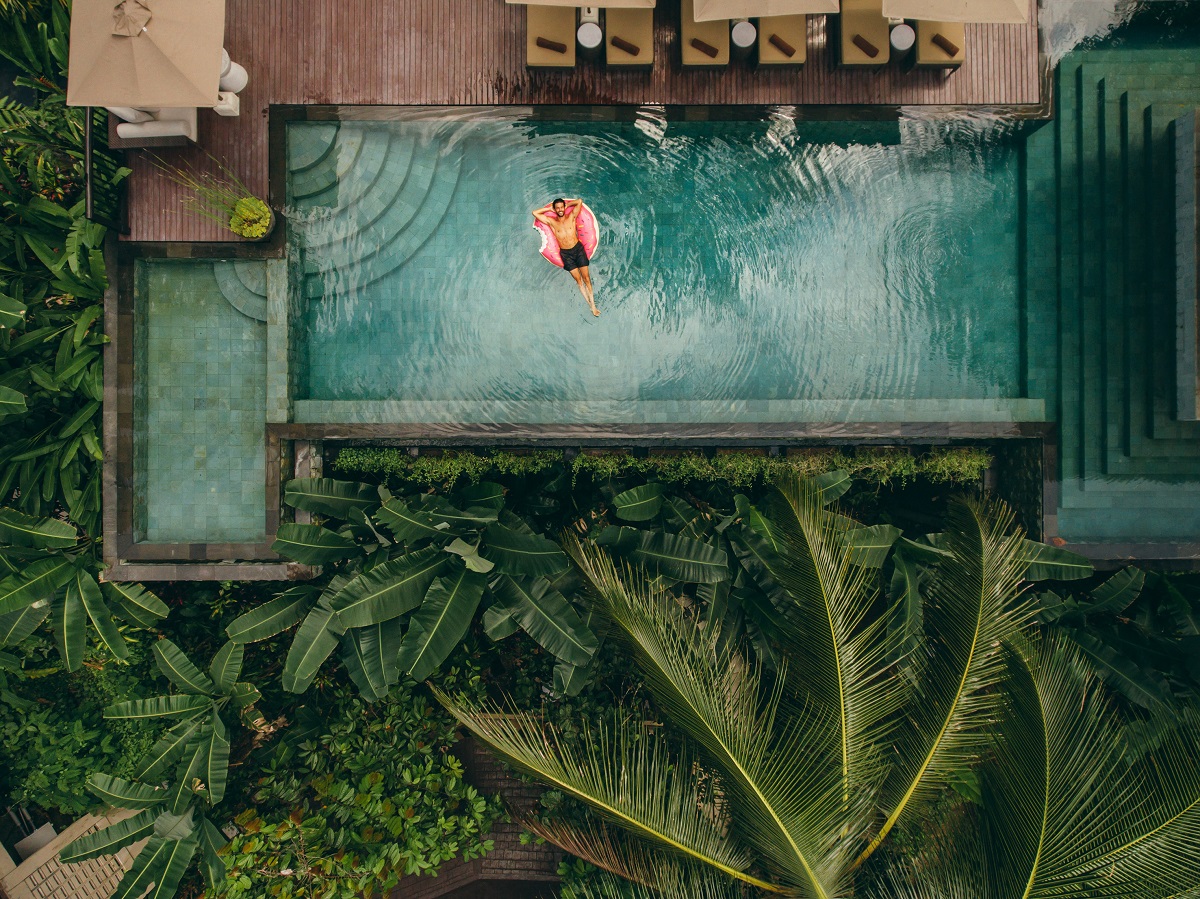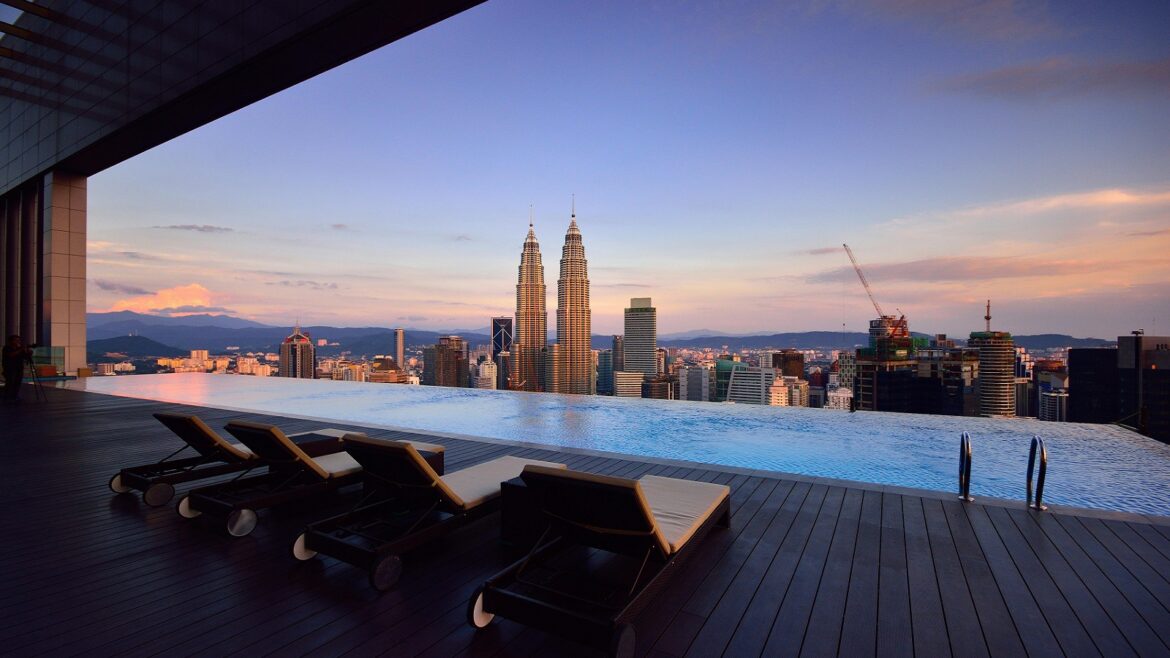The rise of ultra luxury hotels
https://hoteldesigns.net/wp-content/uploads/2024/10/ultra-luxury-hotel-pool-1024x640.jpg 1024 640 Guest Author Guest Author https://secure.gravatar.com/avatar/70f59a2fd6e63f164e7a47b6987bbd542ebea82bbbc723da612b0c92bbae768e?s=96&d=mm&r=gJames Breaks, Associate Director of Design at the rpa:group, discusses the nature and expectation of luxury changes, and how this is shaping the design details in the ultra luxury hotel…
The UK hospitality industry has been seeing an increase in middle class consumers from countries such as China and India, which have been boosting profits, but there is another market that is emerging in increasing numbers and for some hoteliers it is worth tapping into – the ultra wealthy traveller. These high-net-worth-individuals have the money to spend at the very top end of the scale, but in return, they will expect the very best.

Image credit: rpa:group
Although meeting the demands of this type of traveller requires considerable preparation and investment, we are seeing an increase in ultra hotel brands because there is an opportunity for significant profits to be made. The industry has seen a 447% increase in rooms in the last half-century, and in 2023 there were about 197,000 ultra-luxury hotel rooms worldwide. However, demand continues to outstrip supply, with some predicting that a further 46,000 rooms will open in the next decade.
This increase results in a ripple effect for ‘standard’ luxury and below – the nature and expectation of luxury changes, being driven at the very top end, which is promoting growth and an increase in NOI (net operating income) across the entire sector.

Image credit: rpa:group
Catering for this market is a careful commercial balance of understanding customer’s needs and the confident application of a concept. The nature of ultra-luxury is not an exponential upgrading of existing materials or location, in that creative development is a holistic consideration of all design elements and amplification of the most resonant themes, to create unique exclusivity.
Once the concept is identified, the primary operational factor is its frictionless implementation and a total seamlessness of execution that exceeds expectations – a service that appears almost pre-cognitive of the customers desires. Every part of the customer journey, as with all commercial design, needs to inspire joy and wonder to all the senses, to endure and generate loyalty.
Location
The role of location can be central to concept or be developed in response. Coastal and natural reserve hotels for example, create an extrovert connection with the ocean and landscape. Ultra-luxury expertly frames and delivers the method that customers want to interact with it. But location also extends beyond a place to sleep and a view.

Image credit: rpa:group
Physical location and its relationship with the overarching concept are key to understanding the entire brief. A location could be an escape from attention, a place for wellbeing or the ultimate party venue irrespective of geography. Clear concept direction at the outset allows key deliverables to be defined and then exceeded in a focused and coherent way. A hosting-suite in Manhattan’s Tribeca makes absolute sense for its location, but so does a wellbeing retreat concept, complementing the area’s high social profile – the treatment of both requiring very individual requirements from the outset.
Flexibility of design is an operational must-have, but never at the expense of authentic implementation. In an atmosphere of increased expectation, nothing less than complete dedication to concept is acceptable.
The devil is in the detail
Ultra-luxury identifies itself through its polar differences. Extreme discretion and privacy can oppose high-profile appearances. Quality of finish and materials needs to be congruent and flawless but visibly striking. Overfamiliarity and forensically personalised service can undermine a sense of professionalism and the human touch.
The only solution is to ensure the element or process sits clearly within the concept that the customer is buying-in to. An expertly curated experience, consistently applied, provides a baseline from which the operator can spontaneously enhance the experience, when required to deliver additional surprise and joy.
Whether for a value-offer or for ultra luxury, fundamental human psychology is in constant play, so visibly flawed or soiled surfaces trigger immediate and amplified feelings of dissatisfaction. Loud noises are intimidating, as are crowded spaces in whichever setting, so these potential pain-points need to be skilfully resolved.
Delivering authenticity and experiences
Good commercial hotel design responds beyond outstanding operational delivery. It recognises the temporary transfer of an individual’s most intimate personal spaces to a new location and integrates human interaction, to create an experience that generates physical and metal comfort, before exponentially exceeding expectations.
Human interaction is also essential – great hotel ambassadors, from door-people to room maintenance staff, create a vital human connection that delivers both directly and indirectly.
Main image credit: rpa:group



